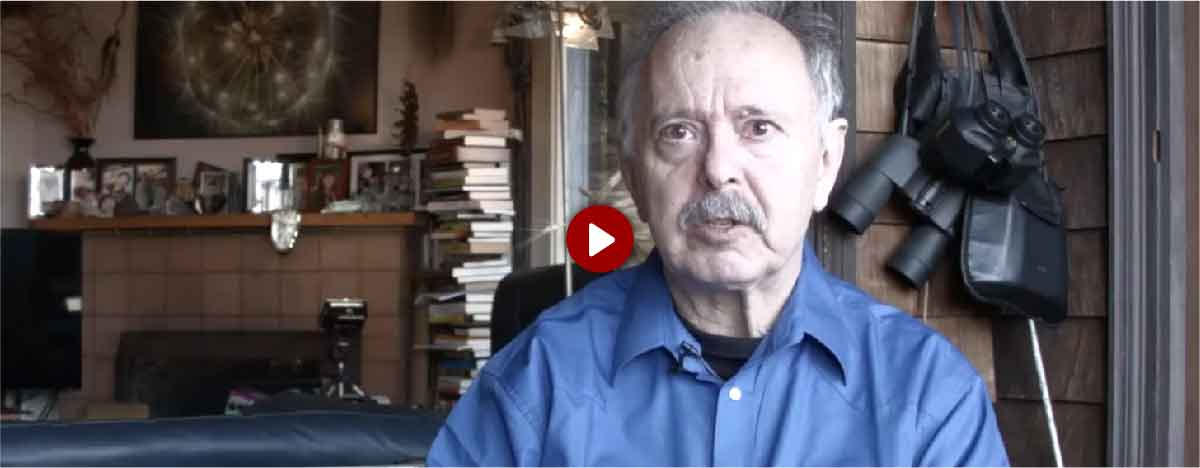Big problems demand big solutions.
In the past decade, youth all over the world are speaking up about issues that affect them now and in the future. Topics such as food scarcity, energy poverty, climate change, and global prosperity have been brought back to the limelight. As a Gen Z student currently in graduate school at UC Berkeley, I have always been extremely passionate about the concept of social responsibility.
In my fight to speak up for my generation, I’m interested in meeting humanity’s responsibility to dispose of nuclear waste. Previous generations have been working towards a nuclear waste solution their entire lives and I want my generation to be the first to actually complete the fuel cycle.
The longer we wait to address nuclear waste, the more problematic it becomes for future generations. Big problems demand big solutions. Big problems demand big solutions now. It is important to handle nuclear waste extremely safely, much like we would handle any potentially harmful material. All participants in the use of nuclear technology for defense, energy, and medicine share in this responsibility to dispose of waste.
Since the advent of the nuclear energy industry and the expansion of nuclear power across the world, nuclear waste has been accumulating internationally. Historically, it was decided to think about nuclear waste solutions at a later date. Well, the later date is now, yet the majority of the world has no solution. In 2018, the IAEA reported on the world’s nuclear waste inventory in storage:
| Very Low Level Waste | 2,356,000 m3 |
| Low Level Waste | 3,479,000 m3 |
| Intermediate Level Waste | 460,000 m3 |
| High Level Waste | 22,000 m3 |
Currently, not a single metric ton of high-level waste has been disposed of. It is an international consensus that high-level waste be disposed of in underground repositories – but not a single repository is operating. Although Finland is poised to be the first country to do so with its Onkalo repository, the world needs more than just a handful of countries doing so.
It’s common for nuclear advocates to comment that all of the US’s commercial nuclear waste could fit on a football field at a depth of less than 10 yards. While true, that waste is still not disposed of in any permanent fashion. Regardless of where you stand on nuclear power, nuclear waste needs to be disposed of.
It’s time to bring everyone to the table and have a discussion about how we want to move forward for our generation and those after us. It’s time to stop stonewalling those we don’t agree with and work together. It’s time to listen to everyone’s concerns and work with each other.
I am tired of waiting for a solution that isn’t implemented. With 2020 here, society demands clear solutions to our problems and the foresight to solve future ones.
So why haven’t we solved the world’s nuclear waste problem?





 Prior to forming Deep Isolation, I had never imagined myself working in the nuclear industry, let alone nuclear waste. I am a newcomer in a remarkably small field where everyone else seems to know one another. Well, now many of them already know about us.
Prior to forming Deep Isolation, I had never imagined myself working in the nuclear industry, let alone nuclear waste. I am a newcomer in a remarkably small field where everyone else seems to know one another. Well, now many of them already know about us.